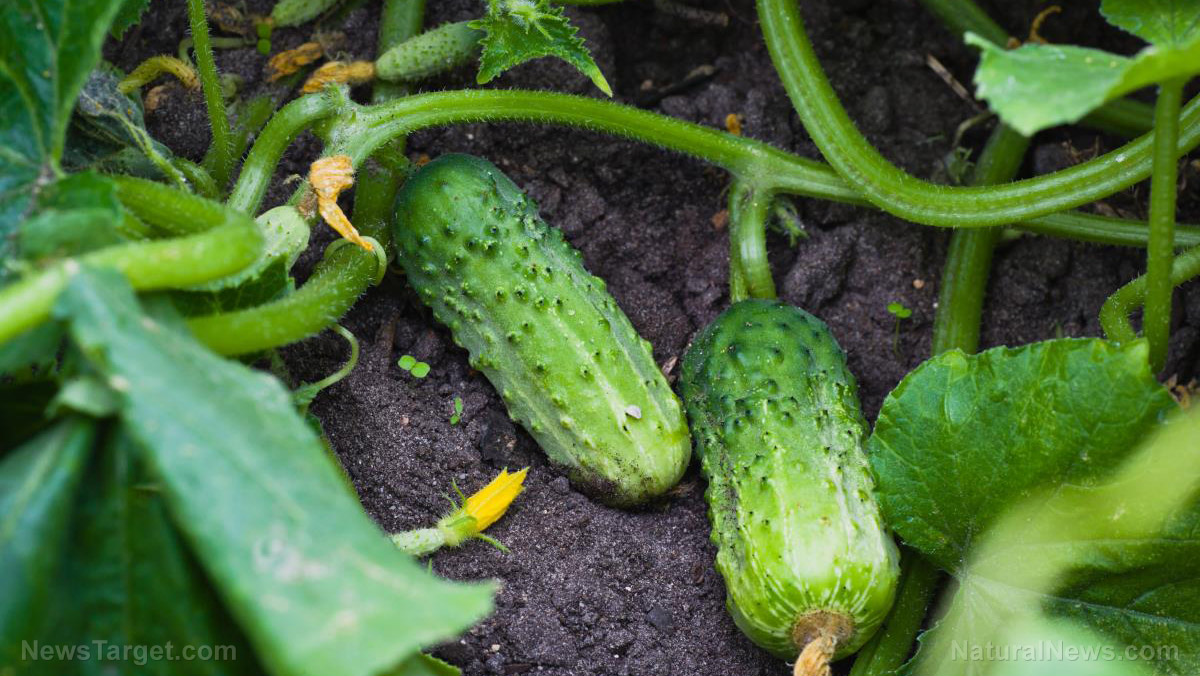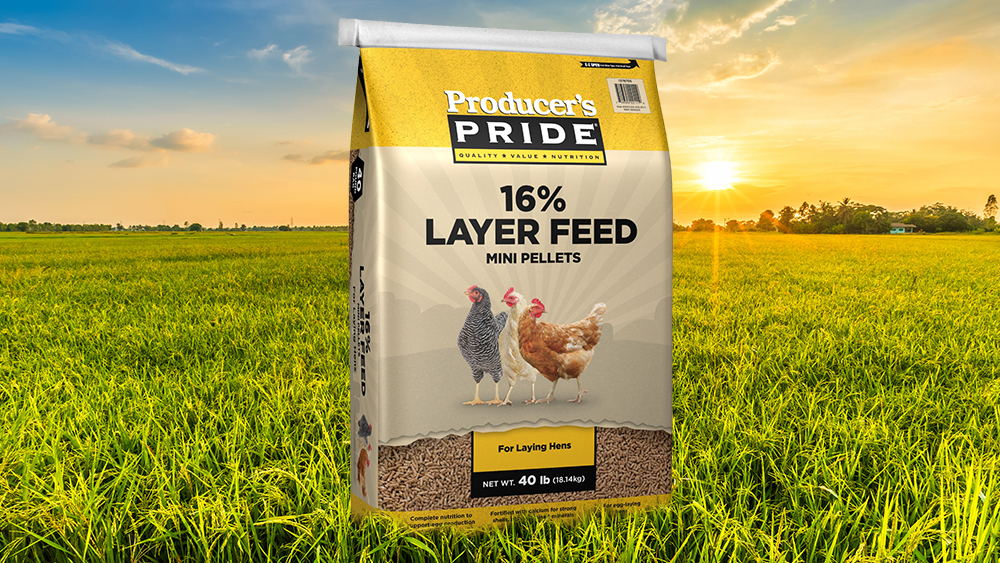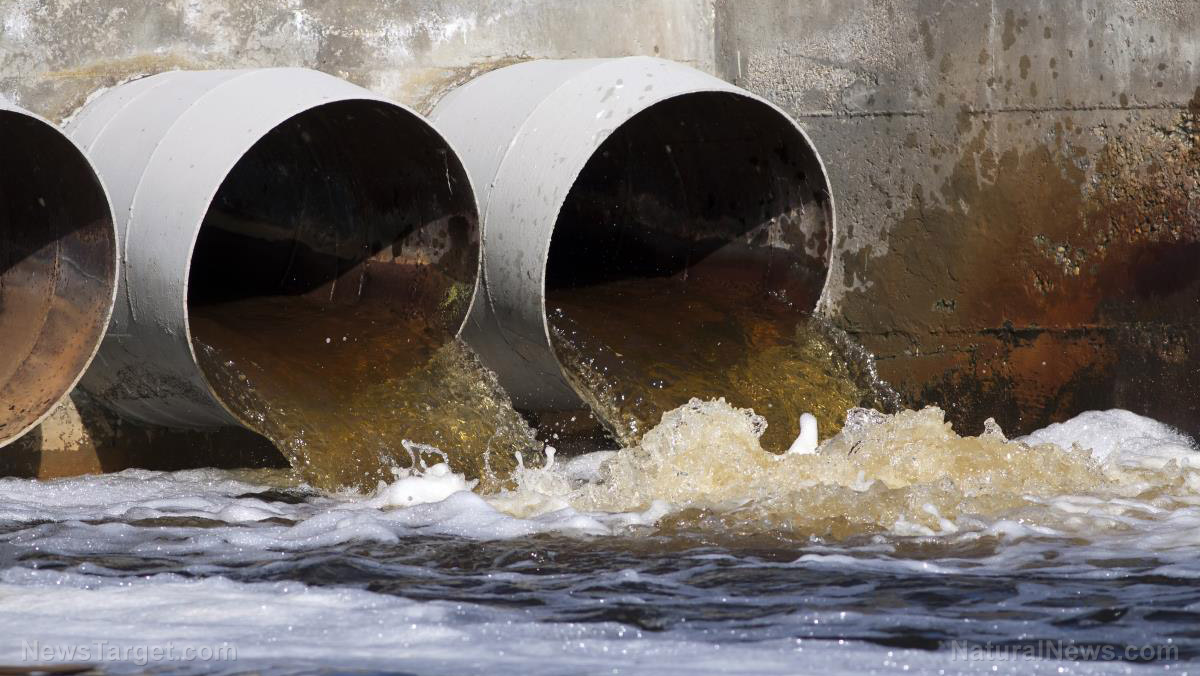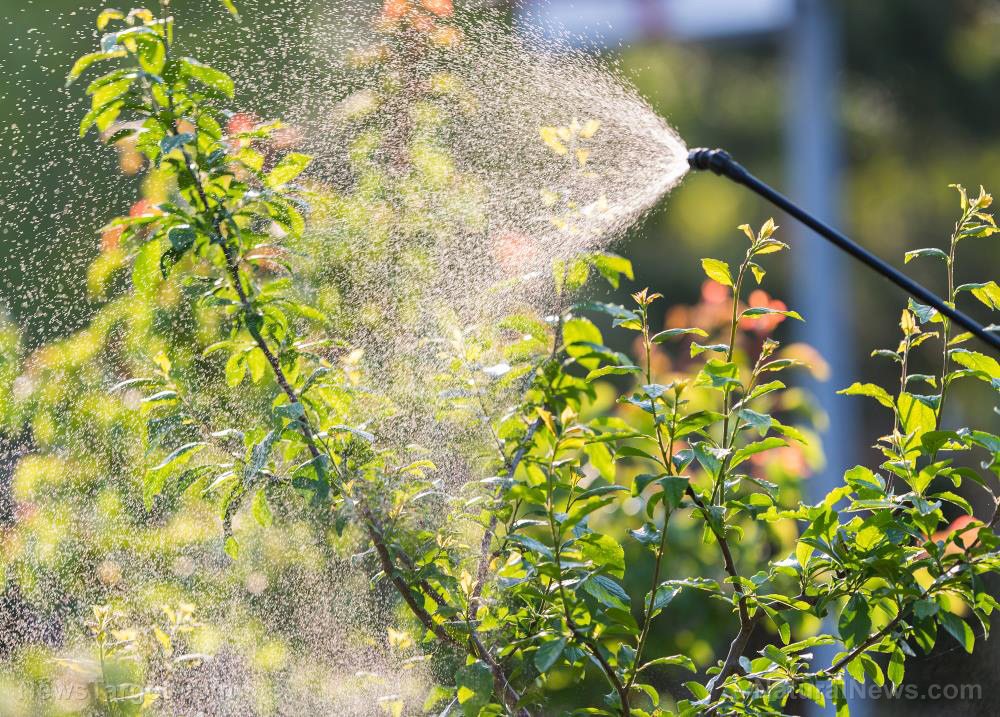Home gardening: How to start your spring garden
03/08/2023 / By Rose Lidell

Gardening takes a lot of planning, but it is worth it if you want to grow fresh, organic fruits, veggies and herbs right in your backyard.
If you’re a gardening beginner, it’s never too early to start planning your spring garden. Spring crops are great for beginners because they are some of the easiest, most resilient and quickest growing veggies.
Benefits of starting a spring garden
If you have doubts about planning a garden, these benefits might help change your mind:
- Gardening is considered a form of exercise. It requires movements digging, raking, planting and weeding, which can help build muscle strength. It’s also a great low-impact and leisurely exercise for people with limitations for vigorous exercise. Use hand tools for a great natural workout as you tend to your crops.
- Gardening can help reduce stress and improve your mood.
- Gardening allows you to grow your own vegetables without any harmful pesticides.
- Spending time in your garden allows you to enjoy nature and relax.
- Seasonal food is more environmentally friendly. Also, locally grown foods require less energy to transport and arrive fresher on your plate.
- It’s one big step in your journey to self-sustainability. Make sure your garden is eco-friendly by composting instead of using store-bought fertilizers.
- Keep pests down to a minimum by rotating crops to different parts of your garden every year.
- You can also keep pests out by planting flowers among your vegetables. These flowers will then attract beneficial bugs that will help pollinate your plants or target pests.
- Once you have flowers among your crops, you can also enhance the beauty of your home.
- Plants will also help reduce air pollution and decrease chemical exposure, especially if you opt to cultivate your crops organically.
- Growing your own food endures that you can eat fresh produce and that you know how your food was handled, from the ground to your table.
Planning ahead means you can prepare and relieve some of the stress that comes with starting a garden from scratch.
Use a planting calendar for your garden
When planning your spring garden, start with a planting calendar.
Planting calendars are specific to your region and they will help you figure out what will grow in your spring garden. A planting calendar can also help you find out when to plant your vegetables and if you should start seeds indoors or directly in the garden bed.
Learn about hardiness zones and frost dates
You need to learn about hardiness zones if you want your garden to succeed.
A hardiness zone is based on the average extreme low temperature in your region. In America, the United States Department of Agriculture (USDA) has identified 26 distinct hardiness zones, ranging from 1a where the lows typically reach -60 F in part of Alaska, to 13b, where it rarely dips below 65 F, or the coastal areas of Puerto Rico).
The rest of the landmass is somewhere in between. California’s hardiness zones are in the 8s and 9s, but the mid-Atlantic states range from 4s to 6s. Find your exact zone on the USDA website.
Once you confirm your zone, find out the first frost date, which is when the crops that can’t withstand freezing temperatures (like tomatoes) must be harvested.
You can also check seed packet labels for some or all of the most critical information you need for your crops. Once you learn your hardiness zone and last and first frost dates (if applicable), you can start planning your spring planting strategy and schedule.
Tips for deciding what to plant in your spring garden
Beginners may be overwhelmed with choosing what to plant in their garden, but these tips can help narrow down your options:
Find out what grows in spring near you
Don’t start shopping until your check what grows best in your area. You also need to check the soil, sun and water requirements of the seeds that you’re considering.
Learn about all these requirements, like the time from planting to the first harvest, on almost all seed packets. You can also get more information on the seed company’s web page.
Plant what you like to eat
Don’t waste your time and resources on vegetables you or your family won’t eat. Focus on planting nutrient-rich veggies that you won’t mind eating a lot of come harvest time.
Avoid glyphosate exposure
One way to avoid glyphosate exposure is to grow crops on the Environmental Working Group’s annual Dirty Dozen list of non-organic fruits and veggies that contain the most pesticides.
Once you spot some favorites on the Dirty Dozen list, check if you can grow them in your zone to ensure that what you eat is safe for human consumption.
Save money with spring vegetables
You need to spend upfront for your home garden, but once your crops start producing you can save money with spring veggies. Try planting vegetables that are the most expensive to buy, like leafy greens, to get more bang for your buck.
Also consider how many pounds you want to harvest for eating or preserving.
Try companion planting
If you want to make the most of your garden, try companion planting or putting plants that complement and support each other in the same garden bed. For example, lettuce and carrots are companion plants since they don’t compete for space. Carrots grow underground while lettuce grows skyward.
16 Vegetables (and herbs) to plant in spring
If you’d like more options for your garden, below are 16 herbs and vegetables that grow best in spring:
Artichoke
Artichoke is a perennial, meaning you only plant it once but you can continue to harvest it for years. Artichokes are ready to harvest in summer.
Artichoke prefer slightly acidic to neutral soil and they require full sun. Artichoke grows in zones 4 to 11.
Arugula
Arugula, also called rocket, is a spicy green. It can be harvested from spring through fall.
Arugula prefers slightly acidic to neutral soil and prefers full sun but it will also grow with partial sun. Arugula grows in zones 3 to 11.
Asparagus
Asparagus is also a perennial, but you must plan ahead since it usually takes two to three seasons after planting for you to have a first modest harvest.
Asparagus will bear tasty shoots for many years to come. Asparagus requires full sun and can tolerate a wide range of pH, from mildly acidic to mildly alkaline. Asparagus grows in zones 4 to 9.
Broccoli
Broccoli requires full sun and slightly acidic to neutral soil. It grows in zones 3 to 10.
Carrots
Carrots are sweet, nutritious and available in many different varieties. They thrive in full sun and neutral soil.
Carrots grow in zones 3 to 10 and they can remain in the ground even after the first frost in many cases.
Cilantro
Cilantro is the leafy form of the coriander berry spice. Harvest it by mid-spring and use it to make flavorful dips and salads. Cilantro requires partial to full sun, and prefers slightly acidic soil.
Cilantro grows in zones 2 to 11.
Cucumbers
Different varieties of cucumbers have different uses, like pickling. Cucumbers need lots of water and they love full sun and slightly acidic to neutral soil. Grows in zones 4 to 11.
Dill
Dill is great for flavoring pickled cucumbers. Dill attracts pollinators like butterflies and thrives in full sun and slightly acidic to neutral soil. It grows in zones 2 to 9.
Lettuce
Note that lettuce is bothered almost as much by heat as by cold. In warm climates, partial shade can keep lettuce from bolting or going to seed, which makes the leaves bitter.
There are many lettuce varieties with slightly different needs so check the seed packet if you’re not sure.
Lettuces usually prefer partial to full sun and slightly acidic to neutral soil. Grows in zones 4 to 9.
Mustard greens
Mustard greens are a dark leafy green that grows well in the U.S. South. It has a broad tolerance with zones 6 to 11.
Both curly and smooth leaf mustard greens varieties are available, but the latter is more tolerant to warm weather. Mustard likes full sun and will be ready to harvest in four to six weeks.
Parsley
Parsley is a biennial plant, which means it lives for two years then dies.
Parsley is best when harvested during the first year and its leaves can get tough and bitter in the second year.
In the third year (in temperate zones), you might find new parsley seedlings growing without having to plant them again. Parsley likes partial to full sun and slightly acidic to neutral soil. It grows in zones 2 to 11.
Peas
Peas are usually the first thing gardeners plant in spring, typically on Saint Patrick’s Day. But unlike most other spring crops, peas can handle the last frost, sometimes even some late-season snows.
Peas love partial to full sun and slightly acidic to neutral soil that drains well. Peas grow in zones 3 to 11.
Potatoes
You can plant potatoes as soon as the soil is soft enough to work. They require full sun and acidic soil.
Potatoes grow in zones 1 to 7.
Radishes
Radishes are spicy and rather easy to grow. Since they grow so fast, they can be one of the first spring veggies you can harvest.
Plant and harvest several crops in a single growing season. Radishes like full sun and neutral soil. Grows in zones 2 to 10.
Scallions
Scallions, also called green onions and spring onions, are milder members of the allium family. For early spring scallions, plant in late fall or early winter.
Scallions need full sun and slightly acidic to neutral soil that drains very well. They grow in zones 6 to 9.
Spinach
Spinach is a hardy member of the cruciferous family. It can about thrive in cold weather.
Plant spinach in early spring or in late fall and winter. Spinach prefers full sun and neutral soil and grows in zones 2 to 9.
Once you’ve decided what you’re going to plant, you must decide if you’re going to plant seedlings or seeds. With seedlings, you can either grow your own or buy them from a local grower or garden center.
Some crops can be started indoors and transplanted easily, but others have to be sown directly into the garden bed so they can mature. If you’re not sure, check your planting calendar to determine this based on the types of plants you’re growing.
As the weather turns colder, get started on planning your spring garden. Choose which plants will grow well in your area, prepare your garden and get the basic tools you need for planting and caring for your crops.
Watch the video below for tips on how to prep your home garden for spring planting.
This video is from the Cultivated Change channel on Brighteon.com.
More related stories:
Home gardening tips: How to grow flowers and vegetables in bucket planters.
Home gardening tips: How to grow and harvest radishes.
Home gardening tips: A beginner’s guide to composting.
Sources include:
Submit a correction >>
Tagged Under:
This article may contain statements that reflect the opinion of the author



















